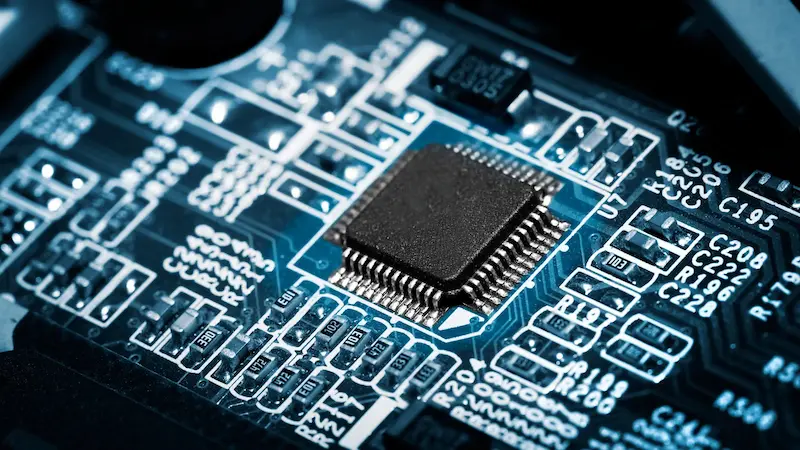Web servers are an indispensable part of the technological infrastructure of any organization. Everyday tasks like video conferencing, banking, communication between productive machinery and even work at home, would not be possible without a quality ICT infrastructure.
For this reason, we must take into account certain aspects when operating the computer and storage equipment for the protection and backup of information; one of them, is to avoid the use of a sudden shutdown and instead, favor the use of a “soft shutdown”
The smooth shutdown
As we all know, most computer equipment is not designed to be turned off in an “abrupt” way. Understanding by “abrupt” is the complete removal of power of the equipment from one moment to another, either by unplugging it, pressing the “off” button continuously (mechanical shutdown) or due to a lack of power from the supply network.
Remember that in these computer equipment, there are active processes and information exchange, and before an absence of energy, these processes remain unfinished, making the possibility of file corruption and serious damage to the operating system. The greatest danger in this regard lies in the system files, because if the system is using any of these files during power failure, the file may become corrupted and unusable.
Another of the most common problems associated with a power outage is damage on the hard discs. Whether traditional or solid state. In traditional mechanical discs, a sudden power outage can result in wear and tear on the printheads. If this damage is continuous, the mechanical hard drive can be made unusable. In solid state drives, the most common failure in the event of a power outage is linked also with data corruption.
In all computer equipment, a shutdown sequence must be carried out, to ensure that all processes finish their execution before you can shut down the computer. This process of shutting down the equipment in a controlled way is known as soft shutdown.
One of the ways to implement this soft shutdown in the absence of power, is through the installation of a UPS that is capable of communicating with a power management, for its acronym SAI.
The SAI allows different types of soft shutdown according to the user’s need, where they:
● Total shutdown. The UPS sends the command to the PC to shut down the equipment.
● Shutdown and logout. In addition to shutting down the equipment, the UPS sends the command to put it in a low power consumption mode.
Both shutdown commands represent a soft shutdown, which should always be favored rather than a mechanical shutdown or total power failure.
UPS + SNMP, the ideal combination for a smooth shutdown
Communication between the UPS and the power management systems, SAI, is carried out using SNMP connectivity. Through the SNMP protocol, UPS’s can be monitored over an Ethernet network by the network administrator, from any station connected to the Internet or intranet of the company.
This allows the administrator not only to avoid the abrupt shutdown of their equipment before a sudden lack of power, but also: plan and execute the processes of soft shutdown according to the backup time available in the UPS and cut the recovery times system once power returns.
Installing a UPS with connectivity to a power management platform is of vital importance, otherwise the UPS will only have the function of delaying the Inevitable: abrupt shutdown of equipment after UPS backup time expires.
At Industronic, all of our UPSs have an SNMP card included, which allows our ICT users to react appropriately in the absence of sustained energy and be able to execute the necessary actions to safeguard the information that ensures the continuity of the operation of your company.

